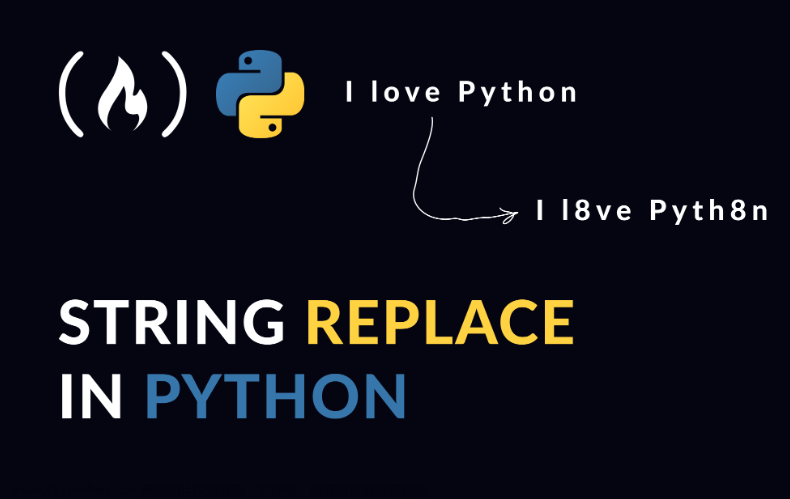方法一:使用list()方法
方法二:使用列表解析
方法三:使用字符串切片
方法四:使用enumerate方法
str = 'good'
after1 = list(str)
print('使用list()方法:', after1)
after2 = [i for i in str]
print('使用列表解析:', after2)
after3 = []
after3[:0] = str
print('使用字符串切片:', after3)
after4 = [i for a,i in enumerate(str)]
print('使用enumerate方法:', after4)运行后输出:

方法五:使用split()方法
str2 = 'glad-to-see-you'
after5 = str2.split('-')
print('使用split()方法:', after5)运行后输出:

方法六:使用JSON模块
方法七:使用ast.literal
import ast
import json
str3 = '["glad",1,"to",2,"see",3,"you"]'
after6 = json.loads(str3)
print('使用JSON模块:', after6)
after7 = ast.literal_eval(str3)
print('使用ast.literal:', after7)运行后输出:
 文章来源:https://www.toymoban.com/news/detail-776299.html
文章来源:https://www.toymoban.com/news/detail-776299.html
文章参考:Python | 将字符串转换为列表的7种方法_python字符串转换为列表-CSDN博客文章来源地址https://www.toymoban.com/news/detail-776299.html
到了这里,关于在Python里,把字符串转换成列表的7种方法的文章就介绍完了。如果您还想了解更多内容,请在右上角搜索TOY模板网以前的文章或继续浏览下面的相关文章,希望大家以后多多支持TOY模板网!








